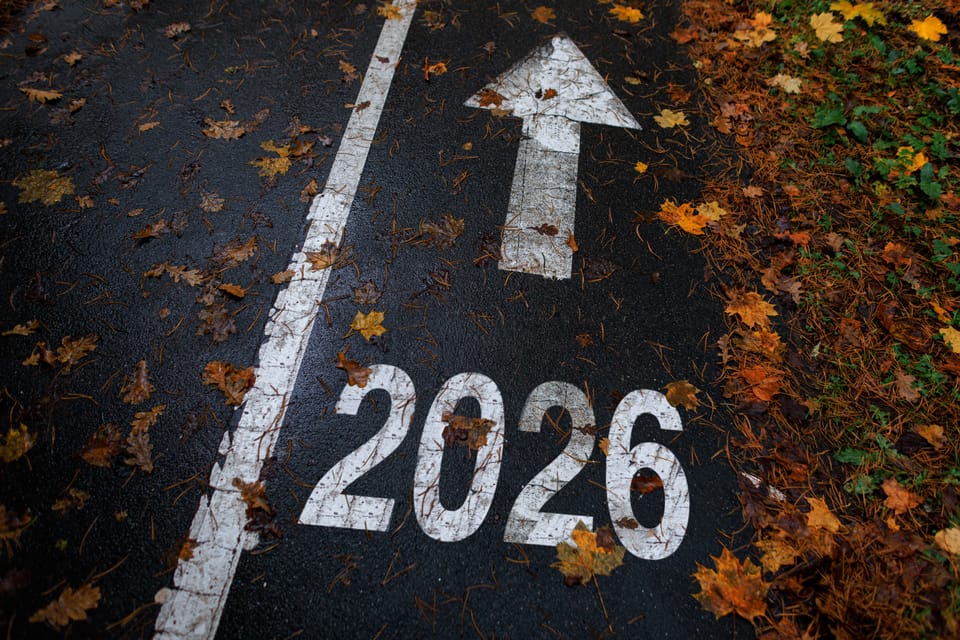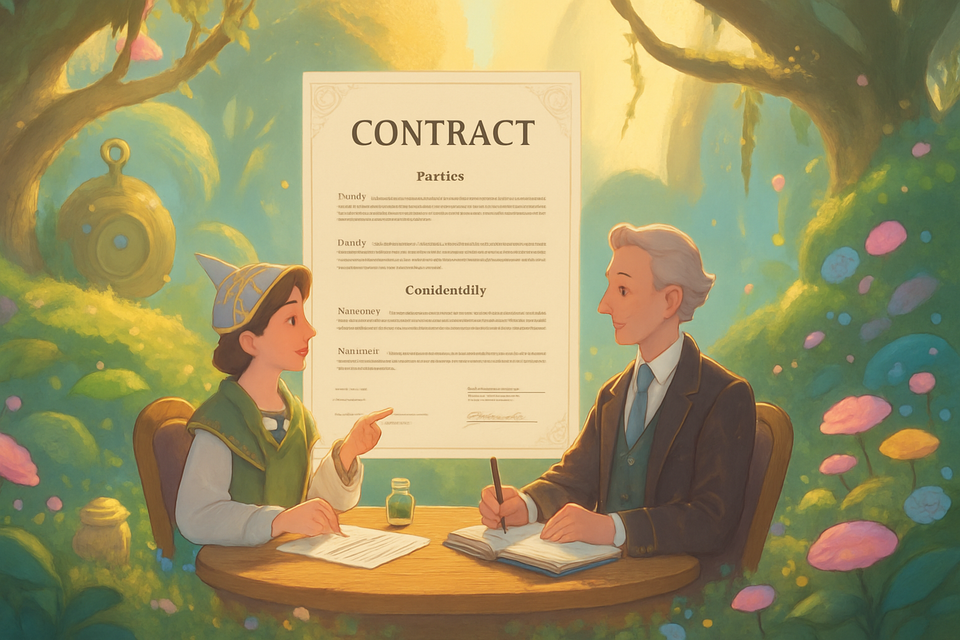Your Strike Window: The 48-Hour Premium Award Release
There’s a moment, about two days before takeoff, when the entire airline yield system exhales. Corporate no-shows get processed. Fare fences relax. Inventory algorithms stop pretending to be in control. And somewhere in that chaos, a few premium seats quietly surface - often for miles, not money.


If You Only Had 60 Seconds to Read This Article
| Click Here 🤏🏻
Airlines hold back premium seats until the last 48 hours before departure. This is intentional, a product of revenue algorithms that protect high-fare inventory and operational flexibility. When the window opens, a few seats suddenly appear, often for miles, not cash. This is where timing becomes tactical, and your edge is preparation.
The late release happens because empty premium cabins represent lost revenue. Airlines prefer to fill them with award bookings rather than leave them empty. Programs like United, Air Canada, British Airways, and Emirates regularly show last-minute availability. Capturing it requires pre-positioned points, ready transfer pathways, and alerts that catch the moment.
Execution is about monitoring, not guessing. Use tools and alerts to watch the routes you care about most. Check multiple times in the 48-hour window and be ready to act immediately. Flexibility, speed, and liquidity turn a fleeting opening into a high-value redemption.
This strategy is not luck. It converts patience and preparation into yield. Points are capital, alerts are radar, and the booking screen is a trading floor. Master the 48-hour window and you turn rare premium availability into repeatable wins.
Everything else you need to know is just below 👇🏻
🎞️: Powered by NotebookLM @ UpNonStop
This isn’t rumor or luck. It’s how the system works, and it’s one of the most under-used tactics in award strategy. If you manage your points like capital (and you should), this window is your short-term options market. You don’t predict. You wait. You strike.
Why Seats Suddenly Appear
Airlines aren’t emotional. Their algorithms are. The 48-hour release window exists because of how revenue management models risk. A few data-driven truths explain why this happens:
- Yield Risk Drops to Zero:
Once the high-fare window closes (usually 48 to 24 hours pre-departure) the odds of selling those last premium seats for cash are nearly gone. Empty seats generate zero yield. Opening them to miles salvages goodwill and optics. - Operational Buffers Clear:
Every flight holds back a few seats for last-minute swaps, misconnects, or equipment changes. Once operations stabilize, those “just-in-case” seats get released. - Elite Retention Theater:
Airlines love making elites feel lucky. A late award drop creates a win-win headline: “Our system rewards patience.” What it really does is balance the books on unsold premium inventory. - Partner Contract Math:
For alliance partners, late release means lower redemption cost. A seat awarded via a partner at T-36 may cost the operating carrier less than releasing it earlier at higher assumed yield.
So, yes - the 48-hour window is deliberate. It’s a financial lever, not a favor.
When It Works
Let’s not romanticize it. The 48-hour play isn’t universal. It works under specific economic conditions - and fails just as predictably when demand’s tight.
Your Probability Table
| Condition | Effect | Likelihood |
|---|---|---|
| Light business travel week | Empty premium cabin → release likely | High |
| Leisure-heavy weekend flight | Few unsold seats → low release | Low |
| Regional or secondary routes | Smaller cabins → less flexibility | Low |
| Long-haul, off-peak | Higher inventory buffer | Medium-High |
| Dynamic pricing system (UA, DL) | Seat “available,” cost absurd | Fake win |
| Fixed chart partner (ANA, JAL, QR, etc.) | Real late release possible | High |
The takeaway:
This window is a yield inefficiency, not a guarantee. But if you’re set up to exploit inefficiencies, that’s all the edge you need.
How to See It Before Everyone Else
You don’t “check” for these seats. You monitor for them. There’s a difference.
Checking is reactive. Monitoring is structural.
Here’s how to build your 48-hour strike system:
- Set Persistent Alerts:
Whatever you use, set it to ping you the second business or first opens on your target routes. Not tomorrow. Always. - Know Each Airline’s Pattern:
- Lufthansa & ANA: often release F ~14–48 hours out.
- Qatar & Cathay: historically drop J inventory ~2 days before.
- United: now dynamic, but partner releases (Lufthansa, Swiss) still behave like clockwork.
- JAL: usually predictable, opens 1–2 F seats when cabin isn’t full.
- Watch Partner Views:
Sometimes the operating airline hides the seat, but a partner shows it. Example: a Qatar seat visible via BA or American but not on qatarairways.com. - Use a Time Discipline:
Check at T-48, T-36, T-24, and T-18. Those are the release cycles tied to yield system updates and crew manifest locks. - Keep a “Strike Fund”
Always hold 100K–200K transferable points in liquid form. If you need to move fast, you can execute the transfer immediately - otherwise you’ll watch the seat vanish mid-transaction. - Pre-Authorize Yourself:
Have your accounts linked, your partner logins memorized, and your browsers pre-logged in. By the time your alert fires, you’re already 60 seconds behind everyone else.
Case Study: The JFK–DOH 48-Hour Drop
Last month, a Qatar Airways Qsuite on JFK–Doha was invisible for three straight weeks. Zero availability on any partner.
Then, 36 hours before departure, two seats dropped.
Amex → Avios transfer: instant.
Booking confirmation: 6 minutes.
Cash value: $6,400 per ticket.
Points cost: 70K Avios + $120.
That’s a 9.1¢ per point yield - pure alpha from patience and timing.
No promo, no sale, no “deal.” Just yield management fatigue and a user ready to strike.
How to Run the Strike Playbook
Your framework for executing this looks more like trading than travel.
Treat the system like a market.
Phase 1: Set the Trap
- Identify your top 3 target routes and cabins.
- Create alerts through both the operating carrier and partners.
- Build liquidity in transferable currencies that feed those partners.
- Have one backup route with similar redemption rate (a “hedge leg”).
Phase 2: Monitor the Window
- T-72: Light check, log current award picture.
- T-48: Increase scan frequency to 3x/day.
- T-36: Start real-time monitoring - refresh morning, midday, night.
- T-24: Be ready to pounce; this is when most inventory relaxes.
- T-18 to T-3: Check aggressively - especially for Asian carriers that update overnight local time.
Phase 3: Execute
- The instant a seat appears, verify it’s bookable (not phantom).
- Cross-shop via partners for better rates.
- Transfer points, confirm award, screenshot for proof (some partner systems lag).
- Secure booking before announcing victory to anyone.
Phase 4: Post-Strike Audit
- Record route, timing, and release pattern in your personal data sheet.
- Over time, you’ll know which routes are predictable and which are chaos.
- This dataset becomes your proprietary edge.
Integrating the 48-Hour Play Into Your Broader Strategy
The 48-hour strike isn’t a one-off trick. It’s part of your portfolio risk structure - the late-stage lever that balances your speculative and hedged positions. Here’s how it fits:
- Hedging Against Devaluations:
Dynamic pricing inflates redemption costs over time. Late releases often price on legacy logic - meaning you’re buying the same seat at “old chart” value while everyone else pays inflation. - Cashflow Efficiency:
You don’t commit points early. You hold liquidity until a clear signal appears. It’s a just-in-time deployment of capital. - Diversified Return Curve:
Combine this with mid-cycle transfer bonuses and long-term partner arbitrage, and you create a staggered yield curve - some plays long, some short. The 48-hour is your short call. - Data Feedback Loop:
Every failed strike builds your dataset. Over time, you gain probability intuition: which routes, which airlines, which time zones yield which patterns.
Real-World Patterns Worth Watching
Let’s quantify the anecdotal:
| Airline | Typical Late Release | Class | Notes |
|---|---|---|---|
| Lufthansa | T-14 to T-48 hrs | First | Opens 1–2 seats; partners (UA, AC, SQ) see them instantly |
| ANA | T-48 hrs | First | Available only to ANA Mileage Club, sometimes partners |
| JAL | T-24 to T-48 hrs | First | Appears sporadically, then vanishes within an hour |
| Qatar | T-36 hrs | Business | Partner-visible first, then direct |
| Singapore | Rare | Suites | Controlled manually; limited but worth checking |
| Air France / KLM | Continuous dynamic pricing | Business | Not true release; price volatility can dip at T-24 |
| United | Pseudo-dynamic | Business | Saver awards occasionally appear late on domestic legs |
The consistency is clear: Asia-based carriers and European flagships are most reliable for the 48-hour play. U.S. carriers, not so much - too dynamic, too opaque.
Why Most Travelers Miss It
Because they can’t afford to be wrong.
Most travelers book months out because flexibility is expensive. That’s fair - but you’re not “most travelers.”
If you’re operating at an UpNonStop level, you view miles as inventory, not aspiration. You’re optimizing yield, not manifesting vacations. The 48-hour strike isn’t about being lucky; it’s about being positioned.
The losers in this game think of miles as free.
The winners think of them as under-leveraged capital.
Risk & Reality Check
Let’s quantify the downside so you don’t confuse this with fantasy.
- Win Rate: Roughly 25–35% on monitored long-haul premium routes.
(That’s one hit per four windows - excellent odds for zero capital risk.) - Cost: Time and focus. You’ll waste hours watching inventory that never opens.
But this is why systems beat spontaneity. - Miss Cost: If you rely solely on this, you’ll sometimes end up in coach. That’s not a loss; it’s a data point.
- Cancellation Traps: Close-in awards sometimes trigger higher fees. Know your carrier’s close-in rules before chasing.
- Dynamic Inflation: A seat may “release,” but price as high as cash fare. If it’s not at least 3¢ per point of value, pass.
You’re buying precision, not convenience.
The Macro Context: Why the 48-Hour Edge Matters Now
Dynamic pricing is erasing predictability. Airlines are turning loyalty programs into floating-rate currencies, which means timing is now your only controllable variable.
In that world, your yield edge lives at the intersection of:
- Transfer velocity (how fast you can move points)
- Inventory liquidity (how often seats actually appear)
- Reaction time (how quickly you execute)
The 48-hour strike sits at the center of that triangle. It’s not for everyone. But if you’re serious about returns (if you treat miles like cashflow, not collectibles) it’s a non-negotiable skill.
The Play in One Line
If you treat loyalty like a market, the last 48 hours before departure are your after-hours trading session.
That’s when inefficiency lives.
That’s when algorithms loosen.
That’s when value migrates from the lazy to the prepared.
Your ProTip Matrix
| Situation | Your Play |
|---|---|
| Flight full | Skip. No amount of optimism creates seats. |
| Flight half-full, no J awards | Set alerts. You’re in the window. |
| Flight shows phantom space | Check partner views before transferring. |
| You’re short on points | Move liquidity to the fastest-transfer program (Amex → Avios, Citi → Turkish, etc.) |
| You get the alert at 2 a.m. | Book first. Think later. Cancel if needed. |
| Dynamic pricing spike | Don’t chase yield illusion. True strike value = <2¢/pt cost. |
Final Thoughts
The 48-hour strike isn’t for tourists. It’s for tacticians. Most people book early for comfort. You wait late for leverage.
And when that one lonely seat pops open, 36 hours before departure, and you slide into a $7,000 cabin for 70,000 points - you’ll remember:
It wasn’t luck. It was liquidity.




